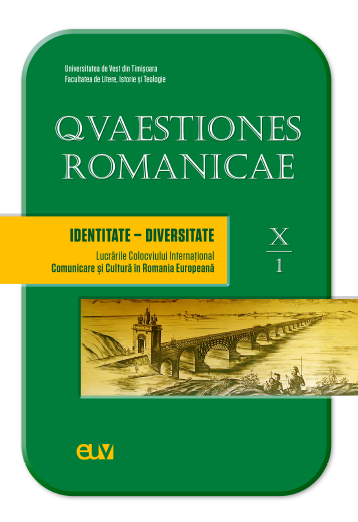La Transavanguardia italiana e le sue influenze europee
Abstract: (The Italian Transavanguardia and its European Influences) In the last decade of the seventies, as a reaction to the hegemony of conceptual and minimalist currents, we are witnessing a decisive return to painting and figurative language that involves Italy and some European countries in particular. The phenomenon coincides with the emergence in the whole world of postmodern culture and with the crisis of ideologies and corresponds to the need of many artists to regain, through painting, the values of the sensible, physical and emotional experience that Conceptual art tended to reject in the name of a purely intellectualistic contact. The Italian trans-avant-garde therefore favors the recovery - in the form of "withdrawal", "theft" or ironic quotation – of the motifs, expressive and linguistic forms of the artistic tradition: from Mannerism to French and German Expressionism, to De Chirico's painting. The choice to draw on the most diverse figurative experiences of the past, intertwining them spontaneously with the needs of the present, confirms the collapse of the trust, typical of the avant-garde, in the ability of the alert to imagine and design a new model of society.
Keywords: fine arts, Italian trans-avant-garde, European trans-avant-garde, contemporary art.
Riassunto: Nell’ultima decade degli anni Șettanta, come reazione all’egemonia delle correnti concettualistiche e minimaliste, si assiste ad un deciso ritorno alla pittura e al linguaggio figurativo che coinvolge in particolare l’Italia e alcuni paesi europei. Il fenomeno collima con l’affiorare in tutto il mondo della cultura del postmoderno e con la crisi delle ideologie e corrisponde all’esigenza di molti artisti, di riconquistare, tramite la pittura, i valori dell’esperienza sensibile, fisica ed emotiva, che l’Arte concettuale tendeva a rifiutare in nome di un contatto unicamente intellettualistico. La Transavanguardia italiana favorisce quindi il recupero - in forma di “prelievo”, di “furto” o di ironica citazione - i motivi, forme espressive e linguistiche della tradizione artistica: dal Manierismo all’Espressionismo francese e tedesco, alla pittura di De Chirico. La scelta di attingere alle più diverse esperienze figurative del passato, intrecciandole con spontaneità con le istanze del presente, conferma il crollo della fiducia, propria delle Avanguardie, nelle capacità dell’erta di immaginare e progettare un nuovo modello di società.
Parole-chiave: arte contemporanea, Transavanguardia europea, belle arti.
